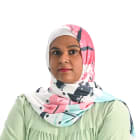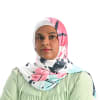How does Singapore monitor radiation levels in water, land and air?
Currently, 10 probes that line the perimeter of the country “sniff” the air every second to check if radiation particles are present.
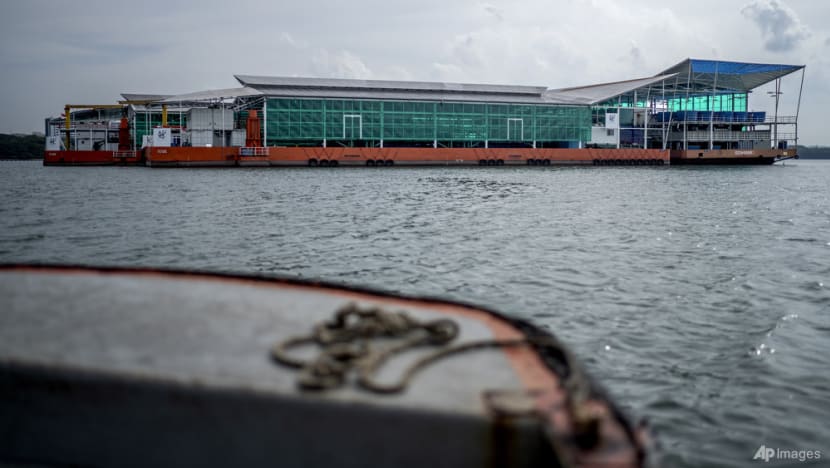

This audio is generated by an AI tool.
SINGAPORE: Testing for radiation in Singapore's environment will become more accurate and faster with new equipment as soon as next year, as part of continuing efforts to stay prepared for potential nearby nuclear incidents.
The effort to boost Singapore’s capabilities comes amid recent regional concerns about wastewater released from Japan’s tsunami-wrecked Fukushima nuclear power plant.
The new machines will be able to detect radioactive compounds even when they are in amounts much smaller than considered safe according to international guidelines.
This will mean that there will be better detection of tritium, the main radioactive substance present in the diluted wastewater released from Fukushima.
“By improving the detection limit, we are hoping to monitor any fluctuation and any increase more quickly and to detect any anomalies as early as we can,” said Ms Angela Tan, head of the National Environment Agency’s (NEA) National Radiochemistry Laboratory.
The lab measures rainwater and sea water for radioactivity levels such as alpha emitters, beta emitters as well as gamma ray emitters, she said.
For now, there are nine sampling sites, including those located near local fish farms, as well as the Straits of Singapore.
“We have increased about one or two sites for the purpose of having a more comprehensive view of the entire island,” she said.
The third batch of Japan’s treated wastewater release ended in late November while a fourth release is slated for before the end of March next year.
TESTING FOR RADIATION PARTICLES
Apart from monitoring water, NEA also examines radiation on land and in the air.
So far, all radiation is within natural background levels in soil and seawater collected around Singapore, said the agency.
Currently, 10 probes that line the perimeter of the country “sniff” the air every second to check if radiation particles are present. Serving as the first line of defence, this network of stations gives early warning of the unseen threat that may drift in from around the region.
To boost detection, authorities also plan to monitor from higher in the sky using drones.
The NEA said it is working with the International Atomic Energy Agency (IAEA) to conduct a trial within the next two years with such Unmanned Aerial Vehicle (UAV) technology.
Soil is also examined – samples are dug at random spots across various national parks twice every year. Each layer may contain clues of radioactive contamination brought in through rain or wind.
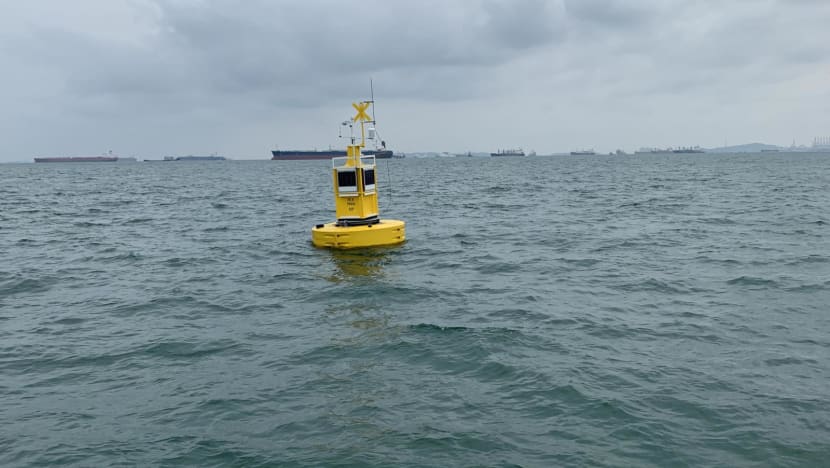
NEA’S MONITORING CAPABILITIES
The agency’s baseline monitoring programme began in 2019.
“Baseline monitoring of radioactivity in the environment is very important because radiation cannot be picked up by the five human senses,” said head of NEA’s Radiation Monitoring and Modelling Branch Jasmine Foo.
She added that heightened levels of radiation can be detrimental to health, and that baseline monitoring and noting variations inform future decisions.
“In the future if there's any type of incident … (and) there's an increase in the radioactivity in the environment, we’ll be able to pick up whether it’s a situation that requires intervention or something that is in the background normally,” she said.
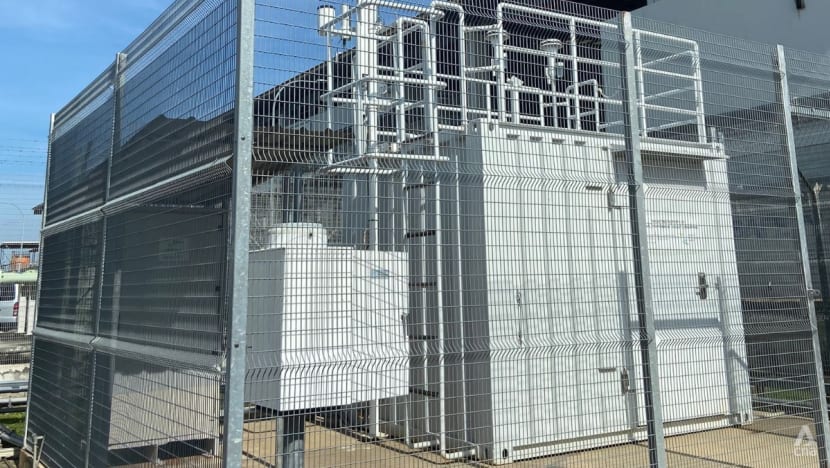
NEA has been building up the capabilities for radiation and nuclear science and engineering in Singapore, she added. What was once a small department has expanded into a 60 to 70 staff strong one, she said.
Marine mammals like otters and dolphins may also store tritium after it is released in the environment, also called organic-bound tritium. The lab's next steps are to study this.
Moving forward, it also wants to double down on work with ASEAN neighbours. For instance, it is hoping for a shared database on regional radiation levels.
MONITORING RADIATION IN FOOD
The Singapore Food Agency (SFA) has found seafood imports from Japan to be safe so far.
Japanese food imports make up less than 1.5 per cent of total yearly food imports in the past decade, said SFA.
Still, the agency is also improving its capabilities. It will be deploying a portable gamma ray imaging system which is capable of performing on-site radiation screening, said the head of inorganic and radiochemistry at SFA’s National Centre for Food Science Ken Lee.
“Once the food consignment has been detected positive, it can be immediately sealed and quarantined, to prevent unnecessary cross contamination to the personnel and facilities and warehouse,” said Mr Lee.
The system will be deployed along its mobile lab in the form of a van, which has been out at large-scale events like Chingay and the National Day Parade to test for food-borne diseases.
In the event of unforeseen nuclear accidents abroad, the van can be sent to ports of entry to do radiation testing.
SFA will also be developing an automation system, he said.
“This will drastically reduce the time of the sample preparation extraction process from a few weeks to a few days,” he said.
“Our scientists will be able to conduct more testing within a shorter time and this will cut short the overall processing (time).”









